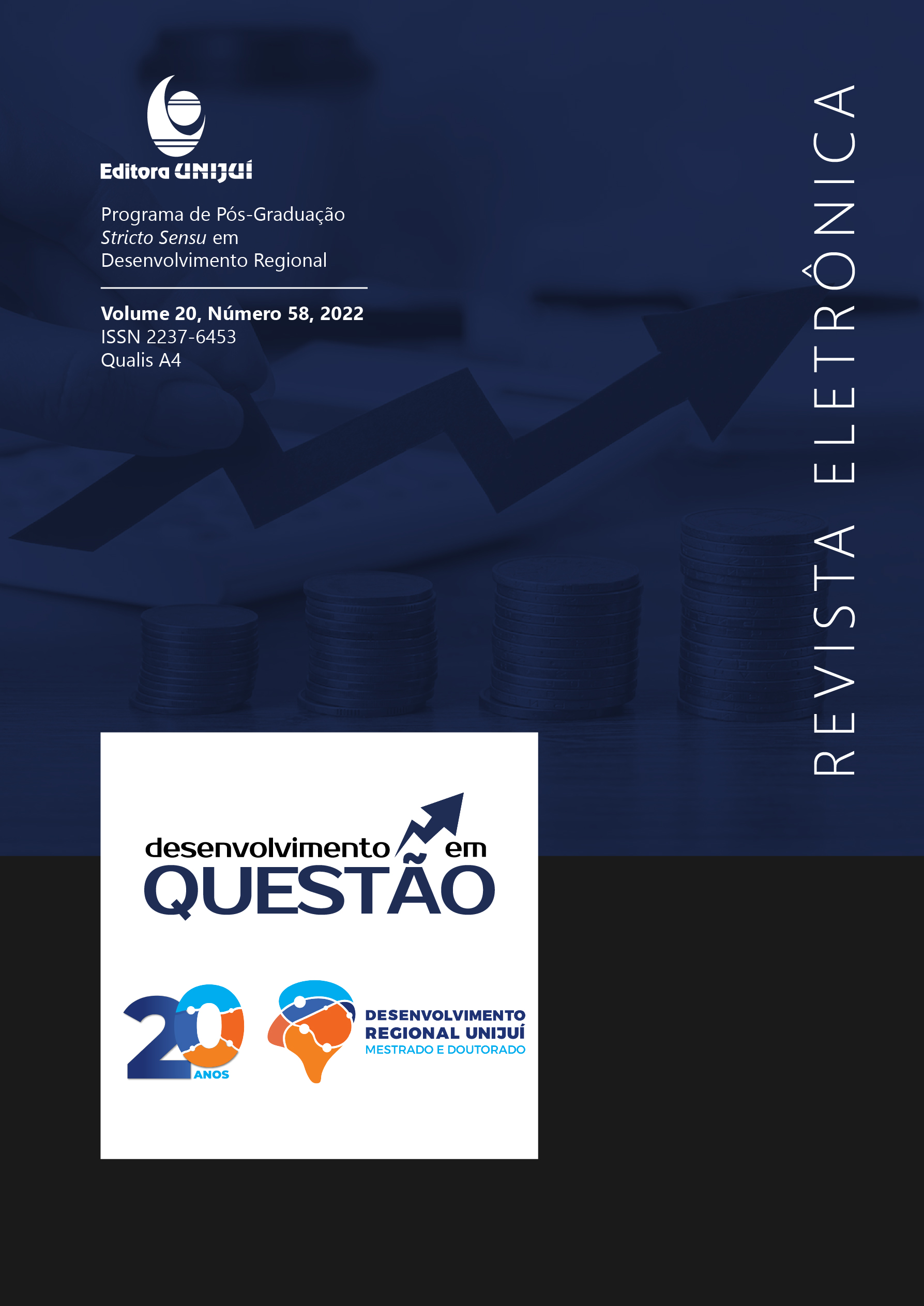Absorptive Capacity in an Organization Simple Structure: a case study
DOI :
https://doi.org/10.21527/2237-6453.2022.58.12203Mots-clés :
Absorptive Capacity., Organizational Configuration.Résumé
The research aims to understand how external knowledge absorption happens, that is, how knowledge absorption capacity is developed in organizations that adopt a simple structure organizational configuration. The present study is characterized as an empirical of an applied nature, a qualitative approach and concerning the procedures, it is descriptive. The method used here was the case study. The data were collected through structured interviews with a script, and they were analyzed using the content analysis technique. The recognition capacity is favored by the employees' individual capacities and by their autonomy. The independence of the employee is driven by the charismatic leadership of the manager. The assimilation capacity, in turn, happens based on the individual skills and competences of the company members, also through training and informal team meetings. It is understood that the development of the assimilation capacity is minimized by the centrality in decision making by the main manager. This also occurs with the ability to apply knowledge, as a single individual has control over decision making, acting between strategic and operational issues. A multidimensional understanding of the constructive absorption capacity is proposed from the perspective of its relationship with the organizational configuration, since the organizational configuration can influence, in different ways, the efficiency and effectiveness of the recognition, assimilation and application process. knowledge. To present this relationship in a theoretical-empirical study is a relevant contribution to the study on this field.
Téléchargements
Publié-e
Comment citer
Numéro
Rubrique
Licence
© Desenvolvimento em Questão 2022

Cette œuvre est sous licence Creative Commons Attribution 4.0 International.
Ao publicar na Revista Desenvolvimento em Questão, os autores concordam com os seguintes termos:
Os trabalhos seguem a licença Creative Commons Atribuição 4.0 Internacional (CC BY 4.0), que permite:
Compartilhar — copiar e redistribuir o material em qualquer meio ou formato;
Adaptar — remixar, transformar e criar a partir do material para qualquer fim, inclusive comercial.
Essas permissões são irrevogáveis, desde que respeitados os seguintes termos:
Atribuição — Atribuição — os autores devem ser devidamente creditados, com link para a licença e indicação de eventuais alterações realizadas.
Sem restrições adicionais — não podem ser aplicadas condições legais ou tecnológicas que restrinjam o uso permitido pela licença.
Avisos:
A licença não se aplica a elementos em domínio público ou cobertos por exceções legais.
A licença não garante todos os direitos necessários para usos específicos (ex.: direitos de imagem, privacidade ou morais).
A revista não se responsabiliza pelas opiniões expressas nos artigos, que são de exclusiva responsabilidade dos autores. O Editor, com o apoio do Comitê Editorial, reserva-se o direito de sugerir ou solicitar modificações quando necessário.
Somente serão aceitos artigos científicos originais, com resultados de pesquisas de interesse que não tenham sido publicados nem submetidos simultaneamente a outro periódico com o mesmo objetivo.
A menção a marcas comerciais ou produtos específicos destina-se apenas à identificação, sem qualquer vínculo promocional por parte dos autores ou da revista.
Contrato de Licença (para artigos publicados a partir de 2025): Os autores mantêm os direitos autorais sobre seu artigo, e concedem a Revista Desenvolvimento em Questão o direito de primeira publicação.











